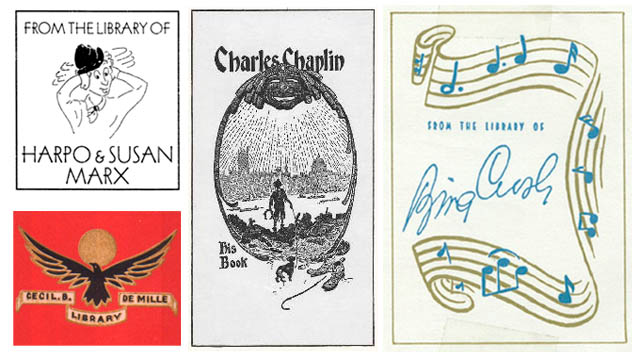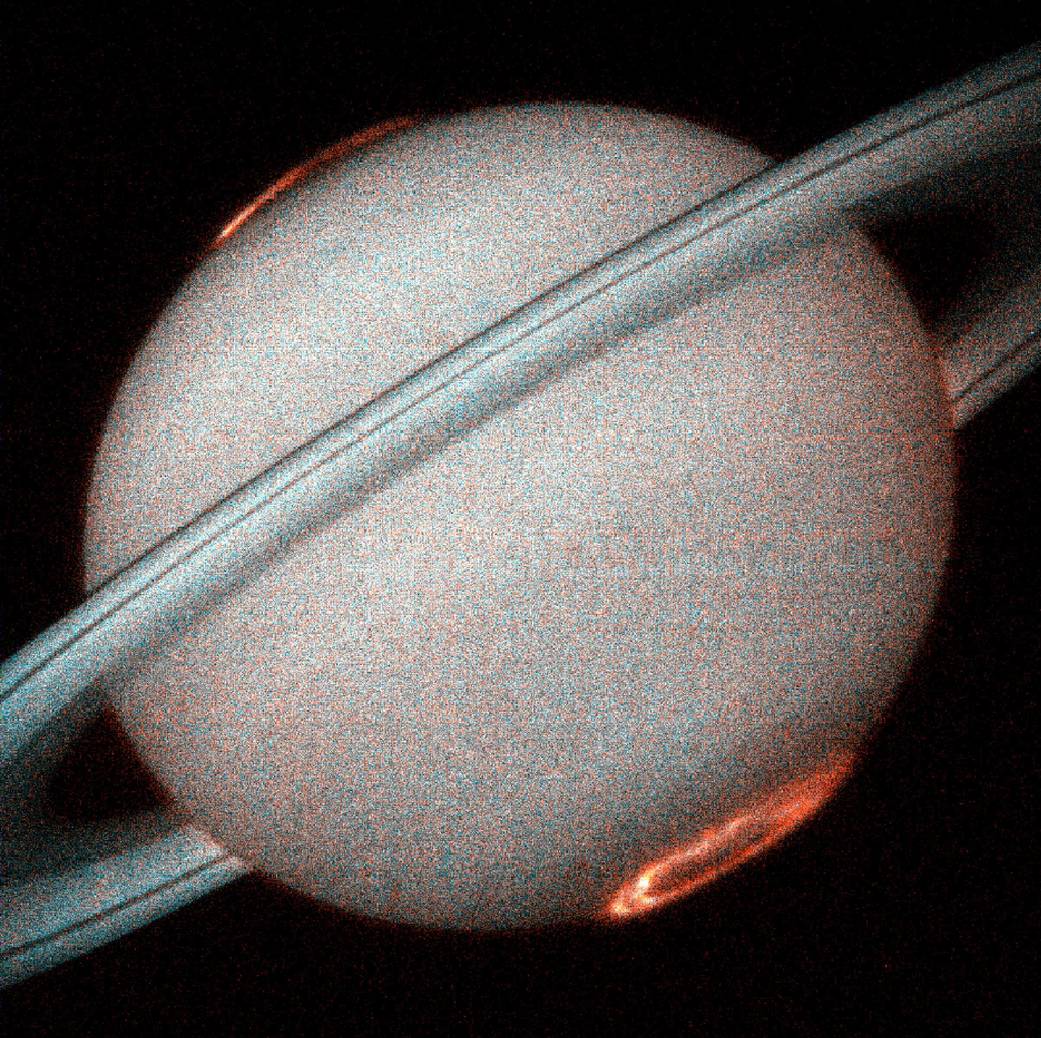The huge NASA Image Archive is now online.
The site is divided into sections: Images, Video and Audio but the content is also indexed.


The huge NASA Image Archive is now online.
The site is divided into sections: Images, Video and Audio but the content is also indexed.

Brazilian artist Nele Azevedo created hundreds of sitting figures out of ice. The installation lasted until the last one melted in the heat of the day. Impressive.

Daphne of the Dunes, by Harry Partch, is here recorded for the first time live. Originally the sound track for Madeline Tourtelot’s film Windsong, Partch recorded it alone, by the process of overdubbing. The film, a modern rendering of the ancient myth of Daphne and Apollo, is a classic of the integration between visuals and sound. Partch explains his approach to the score:
“The music, in effect, is a collage of sounds. The film technique of fairly fast cuts is here translated into musical terms. The sudden shifts represent nature symbols of the film, as used for a dramatic purpose: dead tree, driftwood, falling sand, blowing tumbleweed, flying gulls, wriggling snakes, waving grasses.”
Melodic material is short, haunting, and reoccurs motivically. Arpeggiated harmonic texture contrasts melodic sections. Meter is ever changing, almost measure for measure, with pulse sub-divisions of five, seven, and nine common. A trio of the Bass Marimba, Boo. and Diamond Marimba written in 31/16 meter is structured with 5 unequal beats per measure, the beats sub-divided into sixteenths of 5-5-7-9-5. A duet of the Boo and Harmonic Canon is written in a polymeter of 4/4-7/4 over 4/8-7/8. – Notes by Danlee Mitchell
The instruments heard in this recording:
DAPHNE OF THE DUNES
Adapted Viola
Spoils of War
Kithara II
Gourd Tree
Surrogate Kithara
Diamond Marimba
Harmonic Canons II and III
Boo (Bamboo Marimba)
Chromelodeon I
Bass Marimba
Cloud-Chamber Bowls
Pre-recorded Tape
(Note: No more than four instruments are used simultaneously.)
Sometimes ex libris is more valuable than the book containing it.
That’s the intro of a beautiful page from Dark Roasted Blend (one of my favourites non-musical blog) about this matter.
Take a look, it’s worth while.

 From the NASA site, last news about the Cassini mission.
From the NASA site, last news about the Cassini mission.
An aurora, shining high above the northern part of Saturn, moves from the night side to the day side of the planet in this movie recorded by Cassini.
These observations, taken over four days, represent the first visible-light video of Saturn’s auroras. They show tall auroral curtains, rapidly changing over time when viewed at the limb, or edge, of the planet’s northern hemisphere. The sequence of images also reveals that Saturn’s auroral curtains, the sheet-like formations of light-emitting atmospheric molecules, stretch up along Saturn’s magnetic field and reach heights of more than 1,200 kilometers (746 miles) above the planet’s limb. These are the tallest known “northern lights” in the solar system.
These auroral displays are created by charged particles from the magnetosphere that plunge into the planet’s upper atmosphere and cause it to glow. The magnetosphere is the region of electrically charged particles that are trapped in the magnetic field of the planet. The auroral curtains shown in the movie reveal the paths that these charged particles take as they flow along lines of the magnetic field between the planet’s magnetosphere and ionosphere.
The day side of Saturn scatters light toward Cassini, creating the overexposed triangle at the center of the left of the frame. Stars can be seen above the limb of the planet, trailing across the field of view.
In this page you can find 20 musical videos to play together (or in any order). And the music will always be nice because they all are playing in B flat.
In Bb 2.0 is a collaborative music and spoken word project conceived by Darren Solomon from Science for Girls, and developed with contributions from users.
If your computer hold up the whole stuff, there is a Buddha Machine that plays continuously here.
Click the image for a little sample, but don’t forget to try the site.
Some beautiful and frightening images of the storm that recently hit the Cornwell
Agh! Il retrogrado….
For english people: this guy plays the classical music backwards… He says that it’s a way to discover new pieces from the older ones.
“Construction in Space” (2000) by Olga Neuwirth for 4 orchestra groups, 4 solists and live electronics (excerpt).
Anthèmes 2 (1997), by Pierre Boulez, has evolved from Anthèmes, a substantially shorter piece for solo violin.
Andrew Gerzso has for many years been the composer’s chief collaborator on works involving live electronics and the two men regularly discuss their work together. He describes the way in which all the nuances in this nucleus of works were examined in the studio in order to find out which elements could be electronically processed and differentiated. As a result, the process of expanding these works is based not only on abstract structural considerations (such as the questions as to how it may be possible to use electronic procedures to spatialize and to merge or separate specific complexes of sound),but also on concrete considerations bound up with performing practice: in a word, on the way in which the instrument’s technical possibilities may be developed along figurative lines.
As a result, Anthèmes 2 provides us with both an analysis and an interpretation of Anthèmes: it is a text in its own right and the same time a sub-text of the earlier piece.
[notes from the CD]